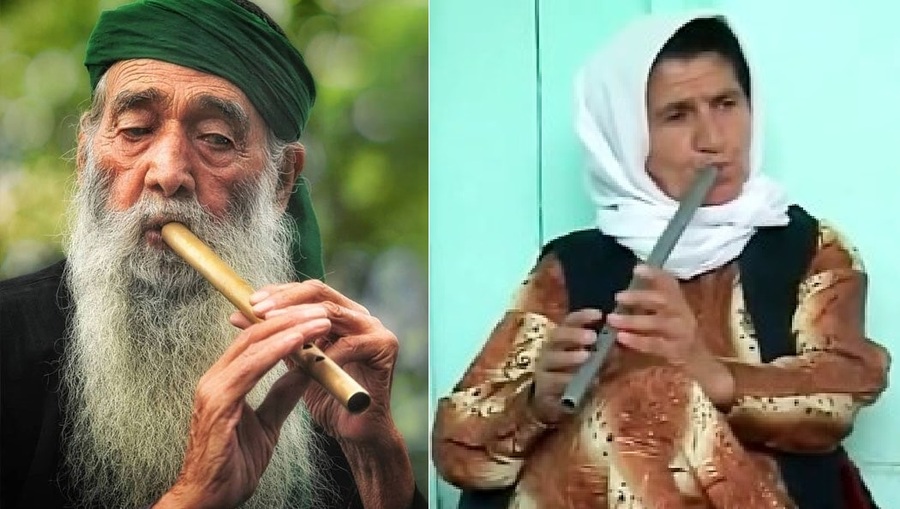Shimshal Music Instrument
It is known by other names such as Shabab (wooden Shimshal used by Yazidis), Nay (reed Shimshal), Kawal (wooden Shimshal like Yazidi's Shabab and nowadays they play it with two sounds of bass and treble), Bilwer (made of reed and shorter than Shimshal however, its pipe is thicker than all the other kinds mentioned).
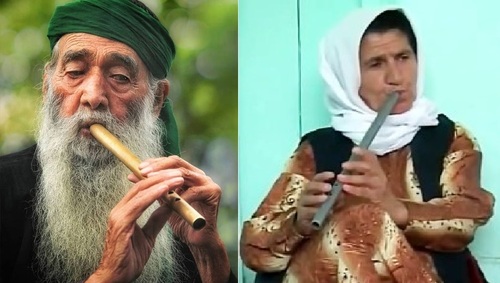
Figure of two Shimshal players (brass Shimshal, and zinc Shimshal)

Figure of Shabab or wooden Shimshal

Figure of Bilwer which is made of reed

Figure of two kinds of brass Shimshals, the space between their holes is different
Since the lips are not moved during playing Shimshal, this instrument is classified among "wooden wind instruments" without Pik.
It can be made of minerals (copper, zinc, brass), reed, wood (berry tree, apricot tree), and plastic pipes.
The warm breath of a person is exhaled by the diaphragm muscles into the lungs and then into the mouth; later this breath of air is blown into the instrument by tightening the lips and blowing it through the side of the lips made into a small hole.
The air blown into Shimshal is aspirated as if the player is saying (tou- tou) in the same way one would blow a whistle.
This instrument can play bass or treble sounds. Each of these sounds can be played into seven notes.
The method of playing Shimshal is by combining all these notes all over Kurdistan.


Regarding the two pictures above, the difference between brass and reed Shimshals is clearly obvious. In reed Shimshal the space between the holes is not in line like brass Shimshal but rather there is more space between the three holes on the top part and the other three holes on the bottom part.
The original Kurdish Shimshal has seven holes, six of which are on the instrument and one of them is below it which means it has seven notes.
Nowadays, an extra hole is added to make two more notes. The modern method of playing Shimshal, particularly in the North part of Kurdistan is in a way that distinguishes the bass and treble sounds.
The length of this instrument is about 45 to 50 cm. Nowadays, Shimshal and Kawal are made in various sizes but they both contain seven music tuning. The length of Nay or reed Shimshal is about 50 to 60 cm and it is longer than brass Shimshal. Bilwer, however, is shorter than brass Shimshal and it is about 30 to 35 cm long.
In Kurdistan, a kind of reed is chosen to make Shimshal that contains nine rings on it.
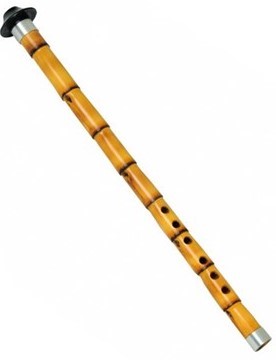
Figure of nine ring reed to make Shimshal with
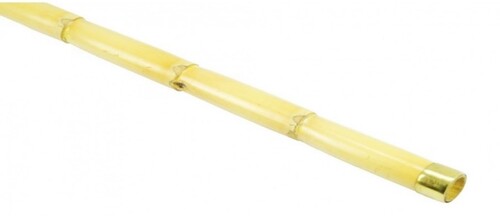
Figure of reed used to make Shimshal
This kind of reed is found in areas with hot climate conditions.
A kind of reed that is hollow on the inside and both ends of it are open can be found in abundance in the Southern part of Kurdistan.
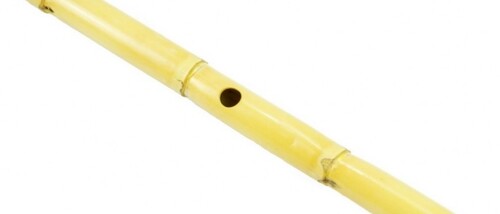
Looking at the instrument on the back side, the single hole on it is in the middle of Shimshal.

